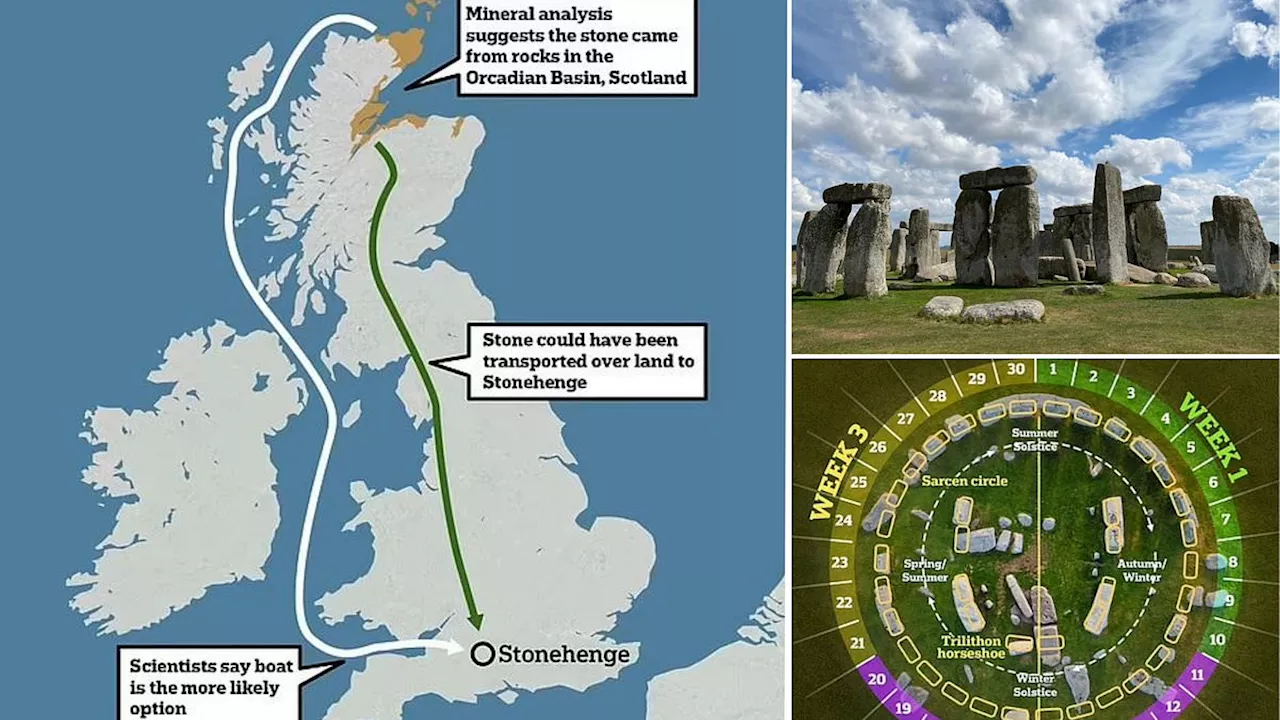A group of people at UCL attempt to drag a one tonne concrete block to see how many people it would've taken to have built Stonehenge
Researchers have revealed that not all of the Stonehenge bluestones are Welsh. Experts are still unsure why or how these stones were transported so far. READ MORE:The mysteries of Stonehenge have left generations of archaeologists scratching their heads for more than 400 years.
So, as scientists continue to shake up our understanding of this iconic site, MailOnline takes a look at the five biggest remaining mysteries about Stonehenge. The sarsens stones are generally considered to be the less mysterious of the two and most experts believe they were sourced from the nearby woodlands just 15 miles north of the Stonehenge site.
This action shattered the sarsen into large fragmented rocks which can be found across Salisbury Plain and the Marlborough Downs in Wiltshire, as well as in Kent and in smaller quantities in Berkshire, Essex, Oxfordshire, Dorset and Hampshire. Read More Was Stonehenge originally built in Wales? Archaeologists unearth remains of Britain's third largest stone circle and claim it was 'dismantled and MOVED to Wiltshire' As the stones are irradiated the different minerals absorb and release different types of radiation which allows researchers to precisely identify their composition.
Subsequent chemical analyses carried out in 2014 and 207 revealed that the bluestones actually come from two sites in Wales: Carn Goedog and Craig Rhos-y-Felin. Professor Richard Bevins, from Aberystwyth University who was a co-author of the paper, says: 'The findings are truly remarkable – they overturns what had been thought for the past century.'
Moving the Altar Stone from the Orcadian Basin, meanwhile, would have meant hauling a six-tonne stone, five meter-long stone up to 621 miles . What technology could have been used to move the Stonehenge bluestones? To reach Wiltshire each of the two to five-tonne stones would need to have been dragged around 140 miles over rough terrain.This would take a large number of people but not as many as the 500 suggested by some calculations.Or they may have used cricket ball-sized stones on wooden runners to act like ball bearings.
However, the hard surfaces and trenches needed when using rollers would have left their mark on the landscape, but none have been found so far. The researchers argue that this could be evidence the Stonehenge builders used greased wooden sleds rolled over logs which would only require 20 people. Some suggest that the stones could have been placed in giant wicker baskets and towed by these bovine engines.
Modern researchers no longer believe that the site was built as a druid monument and now think that the site was built by a succession of different groups. Fragments of pottery and bone reveal that it was not until 2600 BC that construction began on the famous bluestone structure. Archaeologists now believe that the ceremonial feasting would have drawn people from all across the country to the sacred site.
Analysis of Waun Mawn revealed that it may be the oldest known stone circle in Britain, dating from about 3400 BC.This means that the original Stonehenge builders might have travelled with their stones all the way from Wales. This settlement is believed to be 1,000 years older than Stonehenge and was a sacred place where Neolithic people performed ceremonies, including feasting and the deliberate smashing of ceramic bowls.In 2011, a team from the University of Birmingham found that the area might have been used for sun worship for hundreds of years prior.
During the Ice Age, meltwater ran down the hill from the site and carved out a row of ditches stretching 1.5 miles from the stone's North East entrance. 5. What was Stonehenge used for? As much as we learn about Stonehenge, what it was for and why it was built still seem frustratingly elusive. To further deepen the mystery, those buried at Stonehenge lack the grave goods and furnishing found in other nearby grave sites from a similar period such as that of the Amesbury Archer.
Read More Stonehenge was NOT a giant calendar: Scientists pour cold water on popular theory which they say is based on 'forced interpretations' of the monument's connection to astronomy Researchers have long since observed that the site is aligned to match the position of the sun during the summer and winter solstices.
Recent research suggests that Stonehenge may have been built to align with a rare event called the lunar standstill in which the moon reaches its highest point above the horizon Dr Fabio Silva, senior lecturer in archaeological modelling at Bournemouth University thinks that worshipers may have gathered to celebrate this event just as they did with the solar solstices.
It began in Britain between about 5000 BC and 4500 BC but spread across Europe from origins in Syria and Iraq between about 11000 BC and 9000 BC.
United Kingdom Latest News, United Kingdom Headlines
Similar News:You can also read news stories similar to this one that we have collected from other news sources.
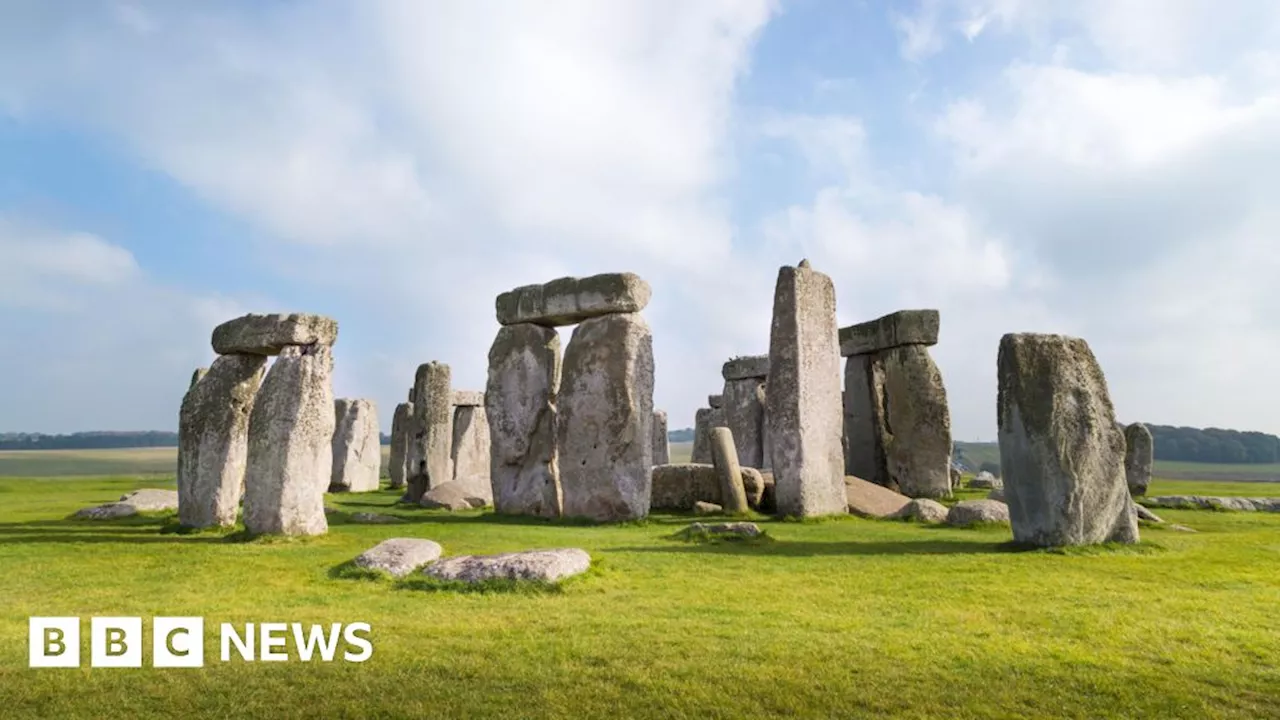 Stonehenge 'in danger' decision delayed as campaigners blast 'dark day'A UNESCO member said 'Britain’s plans to mitigate the effect of the new tunnel' are sufficient.
Stonehenge 'in danger' decision delayed as campaigners blast 'dark day'A UNESCO member said 'Britain’s plans to mitigate the effect of the new tunnel' are sufficient.
Read more »
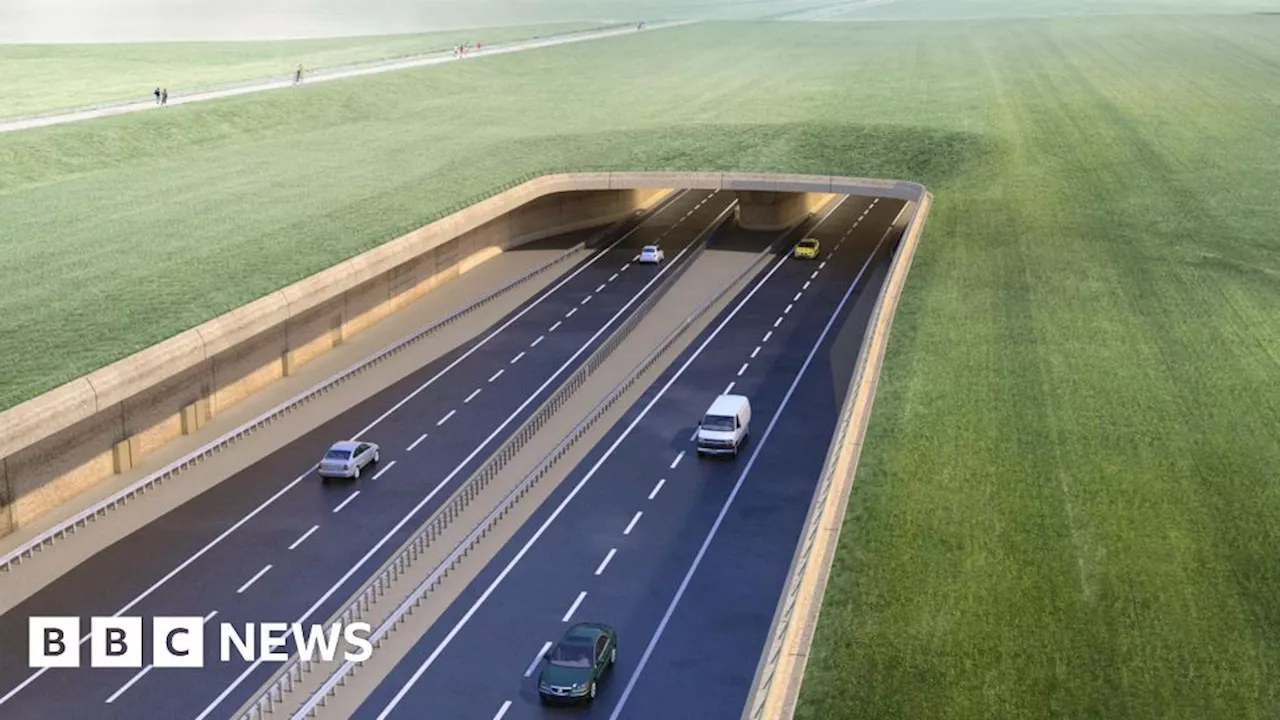 Stonehenge tunnel scheme cancelled by governmentThe Labour government has now cancelled the A303 scheme, which has faced many legal challenges.
Stonehenge tunnel scheme cancelled by governmentThe Labour government has now cancelled the A303 scheme, which has faced many legal challenges.
Read more »
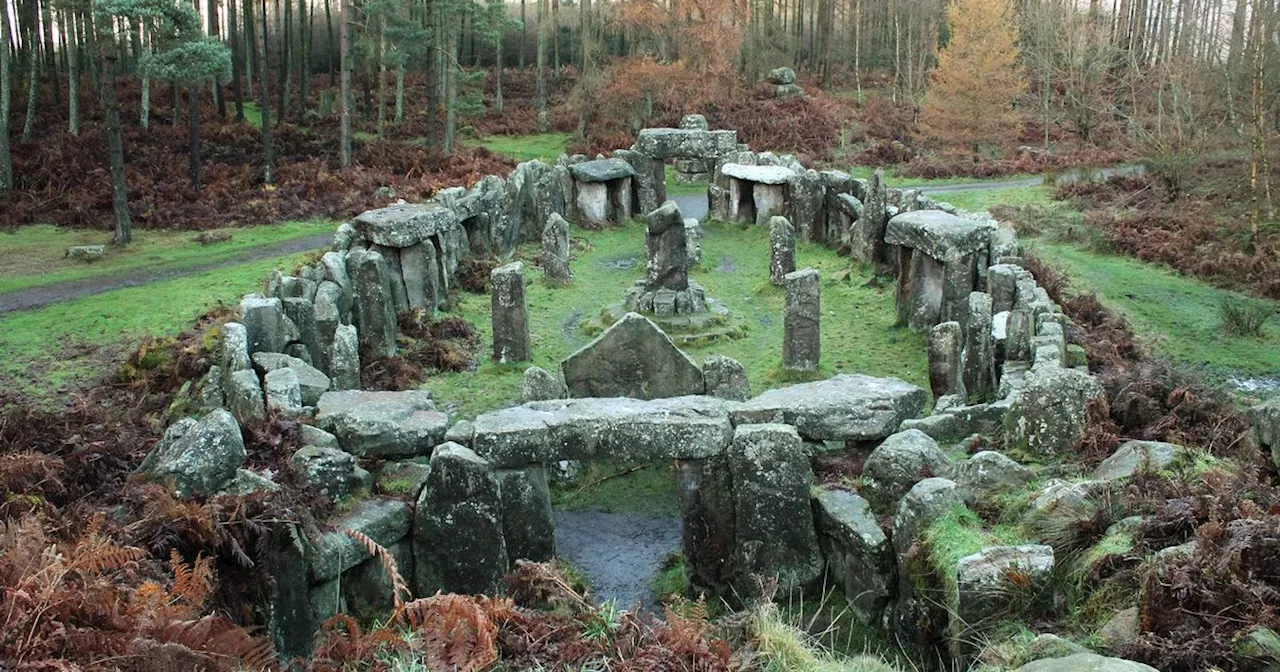 The eerie Yorkshire attraction fans say is even better than StonehengeAncient ruins with spooky rumours of devil worship hidden in Yorkshire woods
The eerie Yorkshire attraction fans say is even better than StonehengeAncient ruins with spooky rumours of devil worship hidden in Yorkshire woods
Read more »
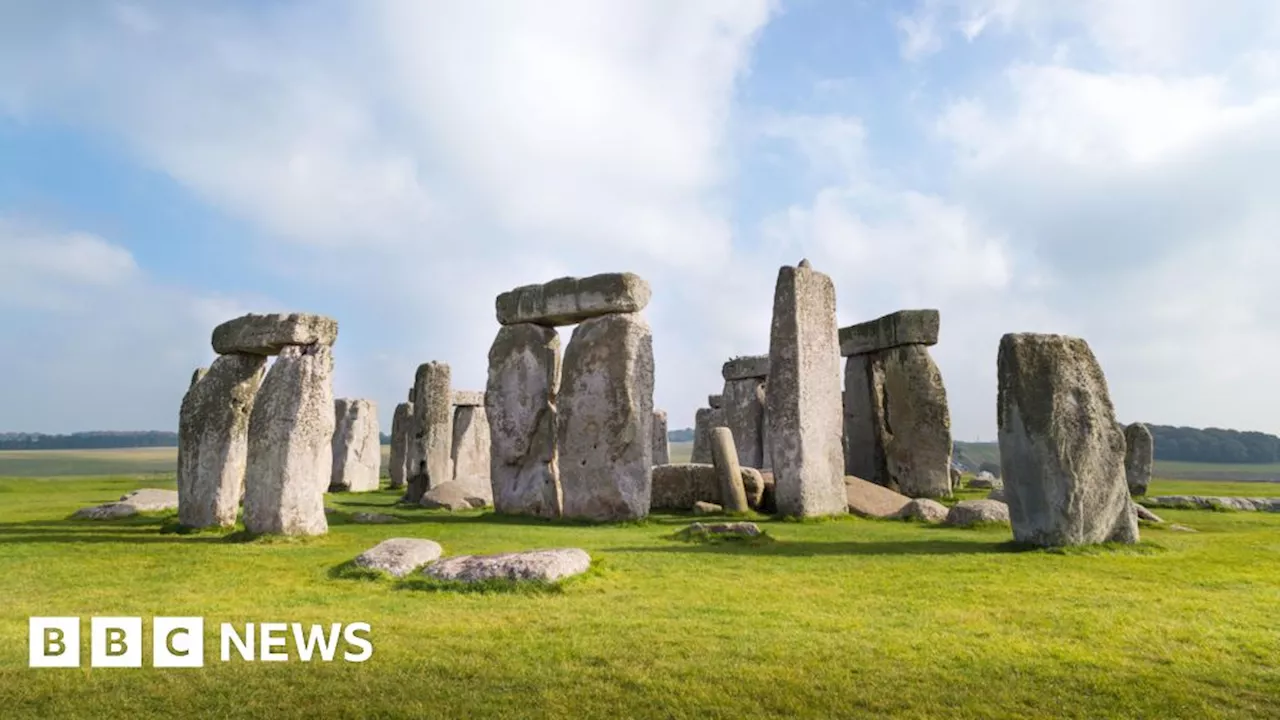 Headlines in the West: Stonehenge, Olympic success and Agatha ChristieRounding up the news headlines from across the West Country this past week.
Headlines in the West: Stonehenge, Olympic success and Agatha ChristieRounding up the news headlines from across the West Country this past week.
Read more »
 Stonehenge Tunnel cancellation leaves villagers in despairShrewton residents say they wanted the Stonehenge tunnel to solve local congestion issues.
Stonehenge Tunnel cancellation leaves villagers in despairShrewton residents say they wanted the Stonehenge tunnel to solve local congestion issues.
Read more »
 Stonehenge's Altar Stone 'came from Scotland' not Wales as previously thoughtA new study led by Australian scientists concluded that the Altar Stone of Stonehenge actually hails from northeast Scotland and was transported around the coast by sea
Stonehenge's Altar Stone 'came from Scotland' not Wales as previously thoughtA new study led by Australian scientists concluded that the Altar Stone of Stonehenge actually hails from northeast Scotland and was transported around the coast by sea
Read more »
